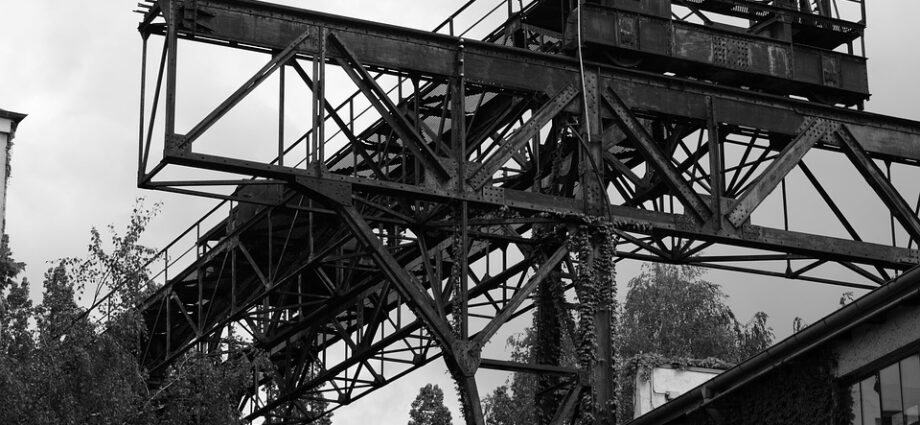Revitalizing America’s Rivers: The Case for Increased Hydroelectric Investment
As the world grapples with the pressing challenges of climate change and energy sustainability, the potential of hydroelectric power stands out as a beacon of hope. America’s rivers, once the lifeblood of the nation, are now underutilized resources that could play a pivotal role in the transition to renewable energy. Increased investment in hydroelectric projects not only promises to revitalize these waterways but also offers a pathway to a cleaner, more sustainable energy future.
The Current State of America’s Rivers
Many of America’s rivers have been altered significantly over the years due to industrial activities, urbanization, and dam construction. While these changes have provided benefits such as flood control and irrigation, they have also led to ecological degradation and the disruption of aquatic ecosystems. Fish populations have dwindled, water quality has declined, and natural habitats have been destroyed. Revitalizing these rivers through sustainable hydroelectric investment can help restore their ecological balance while providing a reliable energy source.
The Benefits of Hydroelectric Power
Hydroelectric power is one of the oldest and most mature forms of renewable energy. It harnesses the kinetic energy of flowing water to generate electricity, resulting in minimal greenhouse gas emissions compared to fossil fuels. Some key benefits of increased hydroelectric investment include:
1. **Sustainable Energy Production**: Hydroelectric plants provide a consistent and reliable source of energy, capable of meeting both peak and base-load electricity demands.
2. **Job Creation**: Investment in hydroelectric infrastructure can lead to the creation of thousands of jobs in engineering, construction, and ongoing plant operations and maintenance.
3. **Flood Control and Water Management**: Dams and reservoirs can help manage river flows, reducing the risk of flooding and ensuring a steady water supply for agriculture and urban use.
4. **Recreational Opportunities**: Revitalized rivers can enhance recreational activities such as fishing, kayaking, and hiking, contributing to local economies and improving quality of life.
Challenges and Considerations
While the potential benefits of hydroelectric power are significant, there are challenges associated with its implementation. The construction of new dams can lead to environmental concerns, including habitat disruption and the displacement of communities. Therefore, it is crucial to approach hydroelectric investment with a focus on sustainability and ecological restoration.
Innovative solutions such as run-of-the-river projects, which generate power without large reservoirs, and retrofitting existing dams with hydroelectric capabilities can mitigate some of these concerns. Additionally, engaging local communities in the planning process ensures that diverse interests are considered and that projects benefit those who live near the rivers.
The Path Forward
To revitalize America’s rivers through hydroelectric investment, policymakers, stakeholders, and communities must work together. This includes advocating for supportive legislation, securing funding for renewable energy projects, and fostering public-private partnerships. By prioritizing hydroelectric power, the United States can take a significant step toward achieving its climate goals while also enhancing the health of its rivers.
As we look to the future, the importance of America’s rivers cannot be overstated. By investing in hydroelectric power, we can honor their legacy, protect their ecosystems, and harness their potential to power our nation sustainably. The time is ripe for a renewed commitment to revitalizing these vital waterways, ensuring they continue to flow with life for generations to come.
